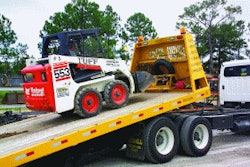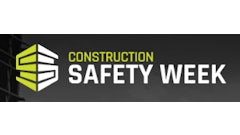As the owner of an asphalt company, you can’t be everywhere at once. Trusting your employees to get the job done when you’re not there is a must, but it’s not always a given.
Brad Humphrey has been around the construction industry for over 30 years. Known as The Contractor’s Best Friend, he regularly blogs on training issues for ForConstructionPros.com. He says construction leaders tell him it’s not even about making the RIGHT decision at times but just making a decision that can slow down the process.
He offers five tips for getting everyone on the same page when it comes to decision making:
- Inform employees that decision making IS NOT an option
“You might think that employees inherently know that they are expected to make decisions, but I have found many contractors who might disagree with this assessment,” says Humphrey. Make it part of your new employee orientation, remind your workers at crew or company-wide meetings and share again at employee performance reviews the need for them to make decisions. - Define what decisions can be made by level of authority
Most employees simply want to know what they can and cannot do. Review each level of work and consider – and document - what decisions can be made at each level. - Teach your workers how to make decisions
“Many contractors are finding that younger workers have had limited training or nurturing on how to make decisions … much less good decisions,” he says. So if you have a worker who just isn’t making decisions, consider the fact that she might not have had any formal training on how to go about making a decision. - Teach your workers “Return on Decision Made" (RODM)
Return on Decision Made (RODM) simply means every decision has some consequence or “return” - it could be financial, but it might also be some level of customer satisfaction, doing something only one time versus having to repeat an effort, etc. Employees need to understand that good decisions mean a better return. - Trust … then trust again
Not every decision your workers make will be the right decision. “This is where you must hold on to your shorts and, while wanting to correct the results, not display any negativity to the employee,” says Humphrey. “We must control our tendency to pull back from employees when they have decided poorly.”
For more training insight, check out ForConstructionPros.com and search “Brad Humphrey.”
Thanks for reading!


















